PENGUIN  CLASSICS
CLASSICS
THE PENGUIN BOOK OF VICTORIAN VERSE
DANIEL KARLIN is Professor of English Literature at University College London. He has also edited The Poems of Robert Browning (co-edited by John Woolford, 1991), the Selected Poetry (1989) of Robert Browning for the Penguin Poetry Library and Kiplings The Jungle Books (1989) for Penguin Twentieth-Century Classics.
THE PENGUIN BOOK OF
Victorian Verse
Edited with an introduction and notes by
DANIEL KARLIN
PENGUIN BOOKS
PENGUIN BOOKS
Published by the Penguin Group
Penguin Books Ltd, 27 Wrights Lane, London W8 5TZ , England
Penguin Putnam Inc., 375 Hudson Street, New York, New York 10014, USA
Penguin Books Australia Ltd, Ringwood, Victoria, Australia
Penguin Books Canada Ltd, 10 Alcorn Avenue, Toronto, Ontario, Canada, M4V 3B2
Penguin Books (NZ) Ltd, Private Bag 102902, NSMC, Auckland, New Zealand
Penguin Books Ltd, Registered Offices: Harmondsworth, Middlesex, England
First published by Allen Lane The Penguin Press 1997
Published in Penguin Books 1998
Collection, Introduction and Notes copyright Daniel Karlin, 1997
All rights reserved
The moral right of the editor has been asserted
Except in the United States of America, this book is sold subject to the condition that it shall not, by way of trade or otherwise, be lent, re-sold, hired out, or otherwise circulated without the publishers prior consent in any form of binding or cover other than that in which it is published and without a similar condition including this condition being imposed on the subsequent purchaser
ISBN: 9781101493519
In memory of my beloved stepfather,
Dr John Anthony Henderson, CBE
191592
Contents
.
.
Preface
I take the term Victorian poetry to mean poetry written and published in Britain and Ireland in the years of Queen Victorias reign, that is 1837 to 1901. Most of the poems in this anthology conform to this definition, and the exceptions (such as Tennysons The Lady of Shalott, some unpublished poems by, among others, Emily Bront and Robert Louis Stevenson, and the poetry of Hopkins) are, I hope, not controversial. The use of chronological and geographical boundaries is neutral in intention and of practical, as opposed to theoretical, value. The term Victorian still has currency: what it means is debatable, but it means something different from Romantic, nineteenth-century or modern. I have preferred this negative way of drawing boundaries to others which seem to me to raise more problems than they solve.
Apart from the Prelude (a kind of textual frontispiece) the anthology is structured by author, and the sequence by date of birth.names follow title-pages; in cases where this principle does not apply I have retained familiar forms: Gerard Manley Hopkins, Emily Bront.
In general I have included only complete poems, but I have not adhered slavishly to this practice. Most period anthologies, mine included, are unavoidably biased towards shorter works, because more of them take up less room. On the other hand I have included a number of works in their entirety which have usually only been given in extracts, notably sequences such as Sonnets from the Portuguese, Modern Love, and The City of Dreadful Night. I regret not being able to include in its entirety the greatest sequence-poem of the period, In Memoriam, but too much other Tennyson, or too much else of other poets, would have to have been left out.
The texts of the poems are taken where possible from collected editions published within the period, otherwise from the original volumes or other form of publication. Obvious misprints have been silently corrected. In a few cases (FitzGeralds Rubiyt of Omar Khayym is the obvious example) I have preferred the text of an early edition. Hardy and Yeats appear here in Victorian dress, which seems proper given the late dates of their final collected editions. Several poets present unusual textual difficulties, and these have been dealt with on an individual basis. The texts of some of the Bronts poems, for example, have been taken from modern editions, because the contemporary texts are defective. The poems of John Clare are taken from a modern edition which transcribes them directly from the manuscripts; I have normalized them to a very small extent, by regularizing initial capitals, replacing ampersands with and and supplying a few apostrophes for words such as Ive and oer, but leaving other punctuation and spelling untouched.
I have translated all foreign and dialect words where familiarity or context did not give a sufficient clue; otherwise the poems are not annotated. Victorian poetry can be wide-rangingly learned and allusive, its vocabulary rich and often playfully odd, its syntax far from transparent. The question of where to stop was the main bar to starting; that, and the belief that readers of an anthology would prefer poems to notes. For the same reason I have kept biographical information about each poet to a minimum. Concision sometimes produces odd effects, but I hope readers will find even a brief notation of dates and places useful and suggestive.
. In cases where the date of birth is not known, I have assigned an arbitrary date twenty-five years before the date of the poets earliest known publication. These writers are marked by a symbol * in the table of contents.
Acknowledgements
Many people made suggestions for what should go in, or be left out; I am grateful to all of them, especially those who wrote to me in response to requests in the TLS and elsewhere: Alan Brownjohn, Stephen Collins, Philip Davis, Donald Hickling, Linda K. Hughes, Charlotte Mitchell, Kenneth Muir, Perry Pontac and Warren Keith Wright. Naturally I take responsibility for all my decisions.
Part of the Introduction was given as a paper to the graduate seminar at the University of Birmingham, and I am grateful to those who attended for their comments and suggestions. I have discussed the anthology with many colleagues at University College London, always with profit: Philip Horne, Samantha Matthews, Peter Swaab and Henry Woudhuysen have been especially patient in listening and responding. I could not have compiled the subject index without Joe Brittons help and advice. I would also like to thank Tim Scott for lending the publisher his copy of A Book of Nonsense by Edward Lear from which the illustrations on pages 27580 have been taken.
To Pat OShea, Sylvia Adamson and John Woolford I owe a continuing and inestimable debt of friendly and forthright criticism.
I have benefited from every anthology of Victorian verse which I have consulted, and I have consulted many. I single out my predecessor George MacBeths selection for Penguin Classics, first published in 1969, and Angela Leighton and Margaret Reynoldss Victorian Women Poets (Blackwell, 1995): both are original, strong-minded volumes in content and comment, and I have been helped and prompted by them even in disagreement; both drew my attention to many excellent and unfamiliar poems. As for Christopher Rickss New Oxford Book of Victorian Verse (1987), it is as crumpled, dogs-eared and defaced as any anthologist could wish, from much and envious use. I take this opportunity of saying how much my knowledge and love of poetry owe to his teaching and example.
Introduction
1. BAD DREAMS
Ripple, tinkle, ripple, tinkle,
Gladly-babbling gentle sea,
Stop and sprinkle drops that twinkle
Wavelet crystal, wavelet free.
Ripple, tinkle;



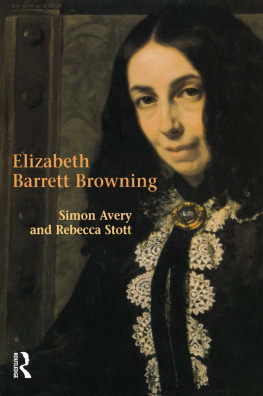
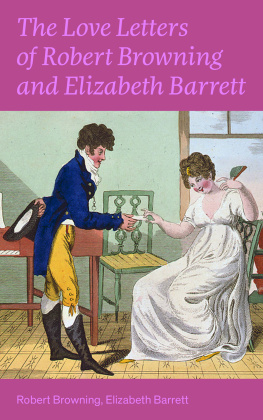
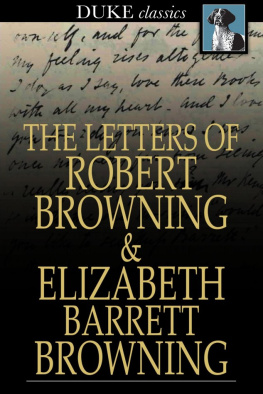

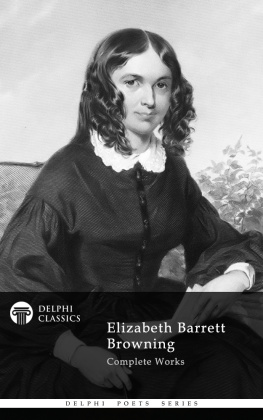


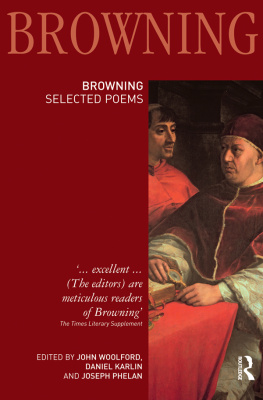
 CLASSICS
CLASSICS